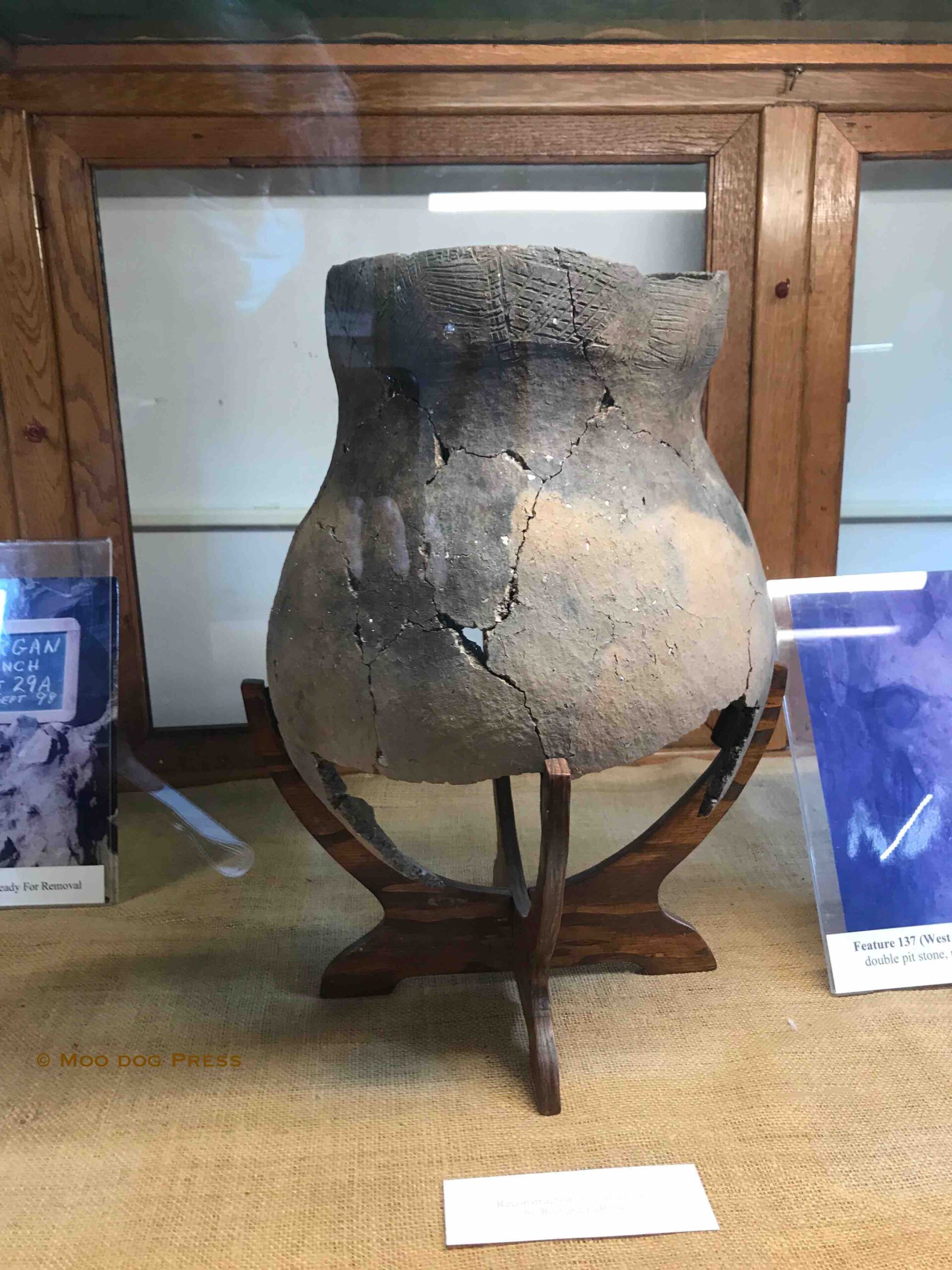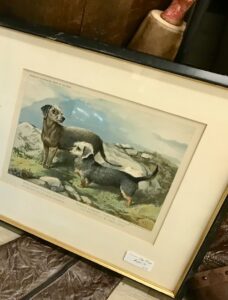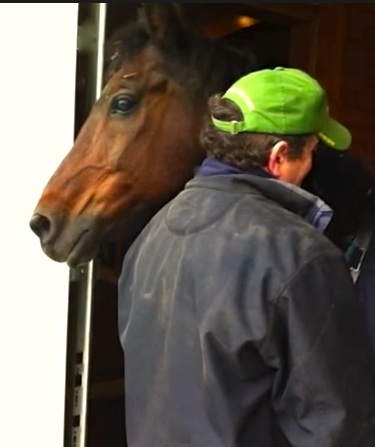COVID-19 Era: Telling Stories Distills Life Into Language
“…I send my herbal gift of rosemary–for grateful remembrance.” –Adelma Grenier Simmons
I want to know more. Maybe others do too.
#learning https://t.co/BExlxkyP0b pic.twitter.com/u1nF9v3FNT
— Moo Dog Press (@MooDogPress) December 10, 2021
She did.
A writer's life wielding language. So stories, details, people–will voyage into the future, not be lost.
The Written Word
Fidelia A. H. Fielding. Diaries and Religious Texts Written in the Mohegan Language, 1902-1904. [view first image] | [download a PDF of the first diary] | [view more Fielding diaries]Fielding (1827-1908), the last speaker of the Mohegan-Pequot language, lived at Mohegan, near Norwich, Connecticut. She kept the Mohegan of her childhood fresh by speaking with her sister, or talking to herself. In the later years of her life, she cooperated with anthropologist Frank G. Speck, providing him with a lexicon of 446 Mohegan-Pequot words, and narrating several Mohegan tales. During the years 1902 to 1904 she made occasional notes in her diary, written in Mohegan, along with transcriptions of religious texts in that language. Today the Mohegans and Pequots of Connecticut draw on the Fielding-Speck collaboration and her diaries to study their language.
Seeing the actual writing in a protective display case at the welcome center across the street from the Tantaquidgeon Museum, goosebumps. Home again.
“In 2004, Cornell acquired the diaries of Fidelia Flying Bird Fielding, the last fluent speaker of the Mohegan-Pequot language. The diaries were purchased as part of the Huntington Free Library's Native American Collection. This week Cornell returned her papers to her descendants.” (Note: Posted on Nov. 9, 2020.)
“In our Mohegan beliefs, when someone creates something–whether it's the written word or whether it's a bowl or a piece of wampum–you imbue your spirit into those objects,” said Lynn Malerba, Chief of the Mohegan Tribe, in the video above. “We knew that Fidelia really wasn't keeping her diaries and her documents for the Mohegans of that present day that she was in, but it really was to leave a legacy behind for future generations. Fidelia knew that she needed to preserve that language and those words. And so her work is extremely important to us. Because as we look at restoring our language now…”
On a pilgrimage of sorts, from Cromwell and goodbyes to Wethersfield. Along the way saw a small sign that invited all to visit the Academy Hall in Rocky Hill, a brick building decorated for the holiday. Pull over, park. Let's go.
Create, and the world hears your work in time. Write, sing, notice, catch the wisp of an idea and make it real. Help others do the same on their own journey; honor the process. Listen, look. Put words down in a book, which can travel in time.
“You gain strength, courage and confidence by every experience in which you really stop to look fear in the face. You are able to say to yourself, ‘I have lived through this horror. I can take the next thing that comes along.' You must do the thing you think you cannot do.”
― Eleanor Roosevelt, You Learn by Living
Have learned in travel and living various regions–rural, coastal, active duty on a military base and later, as military spouse–many, many places throughout the U.S.A., that to learn about a place, visit the public library and ask about the historical society holdings. Much will be revealed from both inquiries. Then walk in the community, explore.

Goosebumps again. Seeing the hands that shaped this beautiful object held with respect by Rocky Hill Historical Society. Wow.
Life and healing continue. With each ending, there is also a beginning.
“Horses help humans not only in physical ways, but also mentally and emotionally. A tangible benefit is the economic impact. Horse ownership supports many small businesses such as stables, trainers, farriers, and veterinarians. Although studies have not been done recently, a 2006 study by UConn found that there are approximately 550 horse-related businesses in Connecticut.”
https://www.newtownbee.com/…/meet-the-newtown-bridle-lands…/
Ghosts. Hats. Once travels home with me from that day. Thank you. All the stories in place and time. Unimaginable, must tell him. As all swirls and changes in a global pandemic, the basics of life connect us all.
Food, shelter, family, friends, colleagues. Heat, sanitation, health. healing from various wounds.

The greater danger for most of us lies not in setting our aim too high and falling short; but in setting our aim too low, and achieving our mark.“ — Michelangelo Buonarroti Attributed without citation in Ken Robinson, The Element (2009), p. 260. Widely attributed to Michelangelo since the late 1990s, this adage has not been found before 1980 when it appeared without attribution in E. C. McKenzie, Mac's giant book of quips & quotes. Disputed Variant: The greatest danger for most of us is not that our aim is too high and we miss it, but that it is too low and we reach it.

Source: https://quotepark.com/quotes/789216-michelangelo-buonarroti-the-greater-danger-for-most-of-us-lies-not-in-sett/
Giving of ourselves, thinking of others, kindness. Care for our companion animals, horses and livestock. Books. Authors.
“…these writers are also my teachers. Each has given me pieces of wisdom that have become part of my personal and professional ethics. Each has settled into my garden heart.” — Heartland Gardening blog
Note: Cissus it is. Cissus quadrangularis most likely. Although this odd plant appeared to be a succulent, maybe a stapelia, had to research and find out. (Such strange small leaves are why it called to me from a visit to Uncle Bob's Garden Center.) Medicinal images show up first. Now intrigued, how can this be in the grape family of plants?

Love growing and learning, connections and business, history. Amanda of Uncle Bob's holds a plant that came home with me.
Page back to the day at Tantaquidgeon Museum here, link to story and images. For Weetamoo and more explorations to learn, another story. Continued, page 2https://www.moodogpress.com/land-walk/howdy-cromwell-rocky-hill-to-wethersfield/.

